Few feel that the construction of the Canada Line was a positive experience for local residents, merchants and taxpayers, but Vancouver’s current developer friendly City Council feels that it deserves to be replicated on the Broadway corridor between Clark Drive and UBC.
According to the Metro’s summary of the report that Council warmly received, it will cost $2.8 billion to provide Broadway corridor rapid transit. The line will simply have to run through a tunnel. Whereas to run at-grade transit or elevated rapid transit, “it would remove 90 percent of parking, restrict turning at 90 percent of intersections, narrow sidewalks and chop trees.” In the City transportation director’s own words, “[i]n fact, the entire corridor would have to be rebuilt from building face to building face.”
This apocalyptic scenario demonstrates the power of the unstated premise: the removal of vehicular traffic. Unstated in all this is the assumption that not one square centimeter of space allocated for moving private vehicles could possibly be sacrificed in order to build more environmentally friendly transportation infrastructure. Whatever public transportation gained in space would have to be seized from merchants, pedestrians and shoppers, because the private car as transportation method is untouchable.
Also unstated is the way senior bureaucrats are being asked to construct a false binary between, on one hand, a $3 billion mega-project and on the other, a bus system already stretched beyond capacity. Off the table is the original elevated Skytrain technology with angle parking underneath. Similarly, all the work done in eliminating turning restrictions pioneered by the Toronto Transit Commission on the St. Clair streetcar route in the last decade is carefully ignored. It’s an expensive, completely unnecessary tunnel or nothing.
All this makes me very suspicious of Vision Vancouver’s real intentions when it comes to Broadway rapid transit. So I have decided to conduct a small thought experiment: let us assume Vision knows the intellectual sleight of hand in which it is engaged, and let’s assume that they have a clear recollection of the various fiascos associated with the Canada Line. What might their actual goals be with this “go big or go home” position on Broadway transit?
1. Renoviction of Small Independent Merchants: Our city government’s current position is being justified to small business owners as defending them from a hypothetical loss of parking and sidewalk space. But, as so many current (and sadly former) merchants on Cambie Street can attest, the biggest threat to small, local business is tunneling. While big box stores, chains and large businesses can afford a complete multi-month shutdown of the street while a tunnel is dug, small businesses lack the liquidity to do the same.
Once the tunnel is complete, only the richest, least local merchants will be left standing. So we can reasonably conclude that plans for another cut and cover tunnel will be what causes and not what prevents “the entire corridor [being] rebuilt building face by building face.” Vision’s developer friends can look forward to another bonanza of redevelopment caused by government-facilitated property value inflation and weakened local merchants.
2. New Car Capacity: Currently, buses occupy a significant portion of the pavement on Broadway, crowding and slowing private vehicle traffic. In Vision’s plan, this would be literally swept under the rug as all impediments to a private motor vehicle monopoly on Broadway would be buried at great expense. Vancouver’s civic government could finally live down its courageous bike lane plan by handing a mixed-use street exclusively to the private car.
3. Public-Private Partnerships: The great thing about coming up with a really expensive big-ticket item is that “other revenue sources” are immediately on the table. By cranking the initial price tag up to just shy of $3 billion, a tremendous appetite can be created to look for “innovative” funding methods. While P3s (public-private partnerships) are more than a generation old in Canada, their supposedly innovative character remains part of the public discourse. Under Larry Campbell and COPE-lite/proto-Vision, a $1.8 billion asset was handed to a private company for anteing up a mere $300 million, along with the guarantee that if they couldn’t manage to make money off it, local government would replace their profits through a direct transfer of tax revenue.
But our civic government has had a decade to learn since their first tentative steps back in the early days of the Canada Line. By closely pairing new transit with the breakneck up-zoning of the city, stations could be financed through zoning variances and development mega-projects. Tunneling could be leveraged with for-profit underground parking to help feed the new pavement being placed at the disposal of private cars. New condos could be given preferential access to stations and associated commercial space could be placed within the envelope of the fare-paid zone as we have begun to see on the Canada Line. Hundreds of millions in “savings” could be delivered through special deals with developers to finance an otherwise unaffordable option.
This trial balloon for privatization, overdevelopment, increased car capacity and another concerted assault on the diversity of Vancouver’s storefronts is being floated in the name of green transportation and sustainability. Transit advocates need to reach out to a broad coalition to stop Vision’s hidden agenda. Small businesses, renters, students and environmentalists must come together to reject the latest mass stealth renoviction scheme before it acquires too much momentum and affordable rental housing and local businesses collapse into a giant cut-and-cover pit the way they have on Cambie Street.
The Vancouver Renters’ Union’s Tristan Markle recently called for the reinvigoration of the Bus Riders’ Union over the latest round of fare-gouging. Here is yet another reason such an organization is desperately needed today.



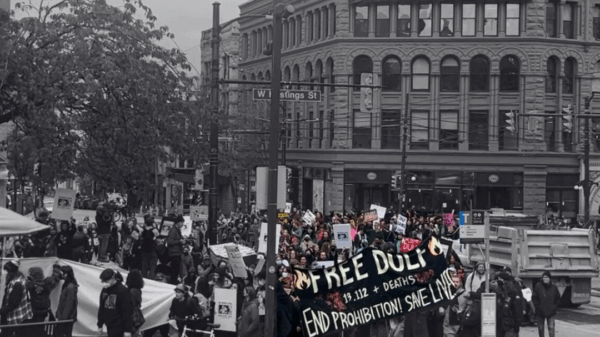
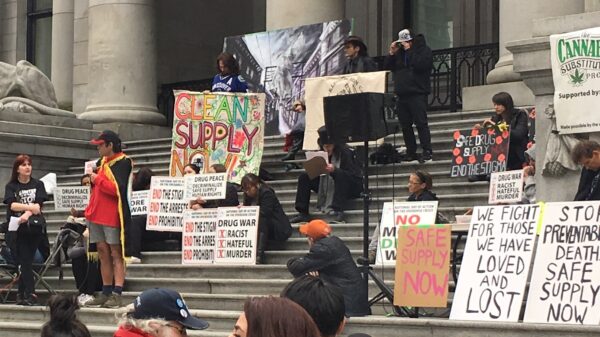

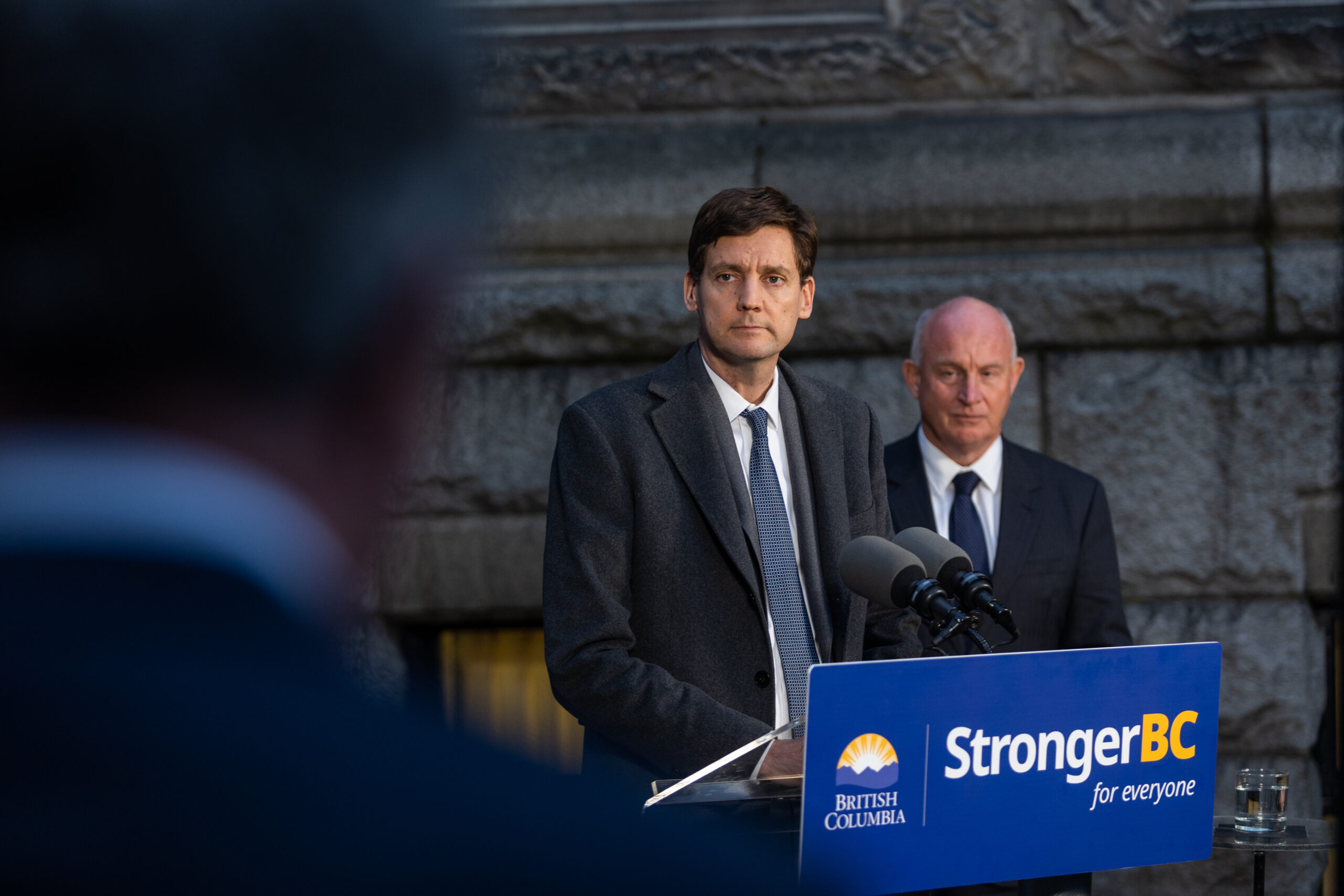


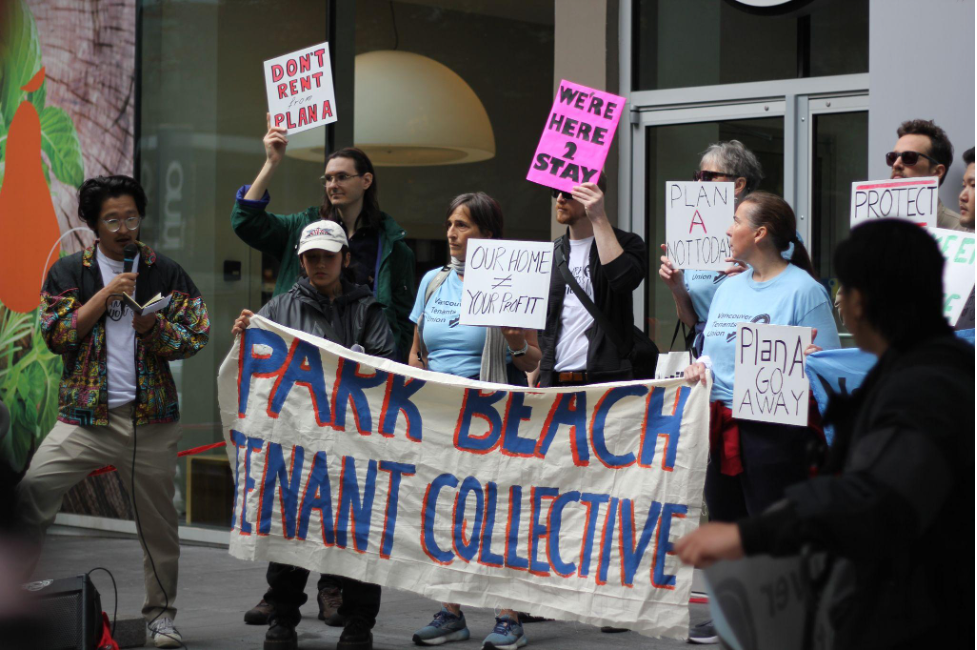

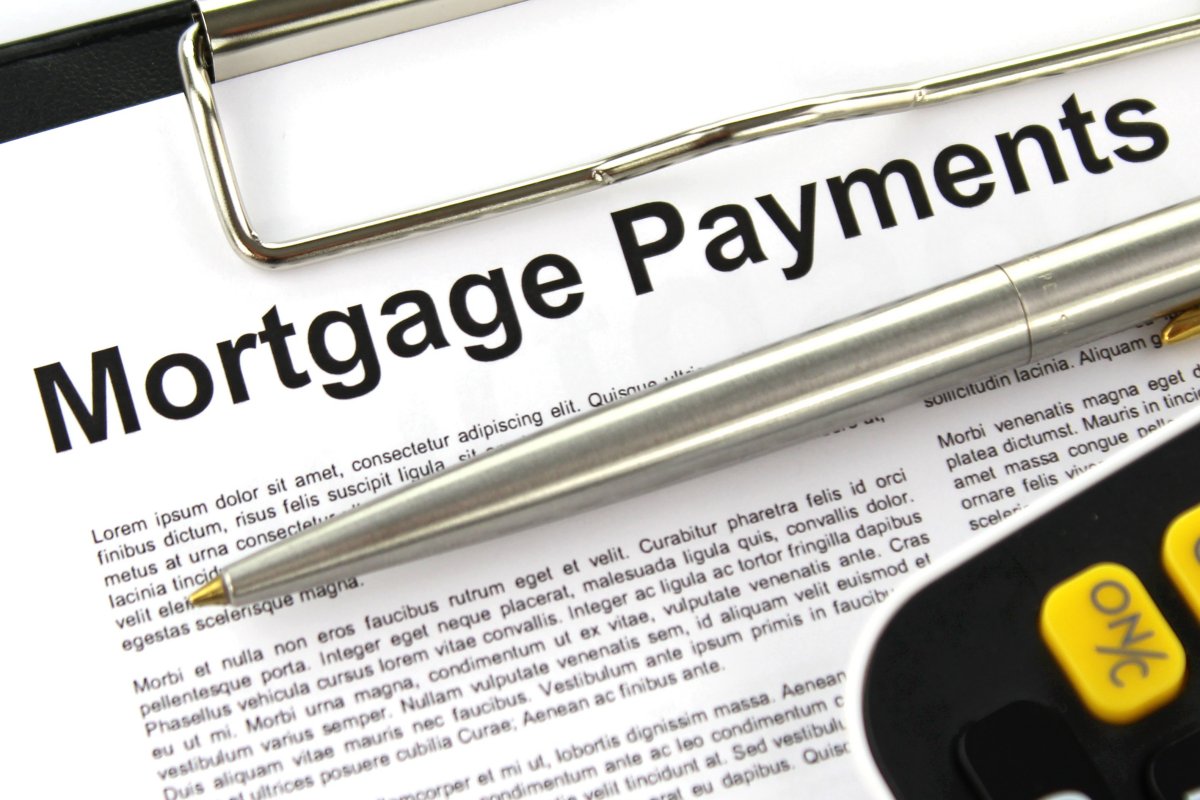

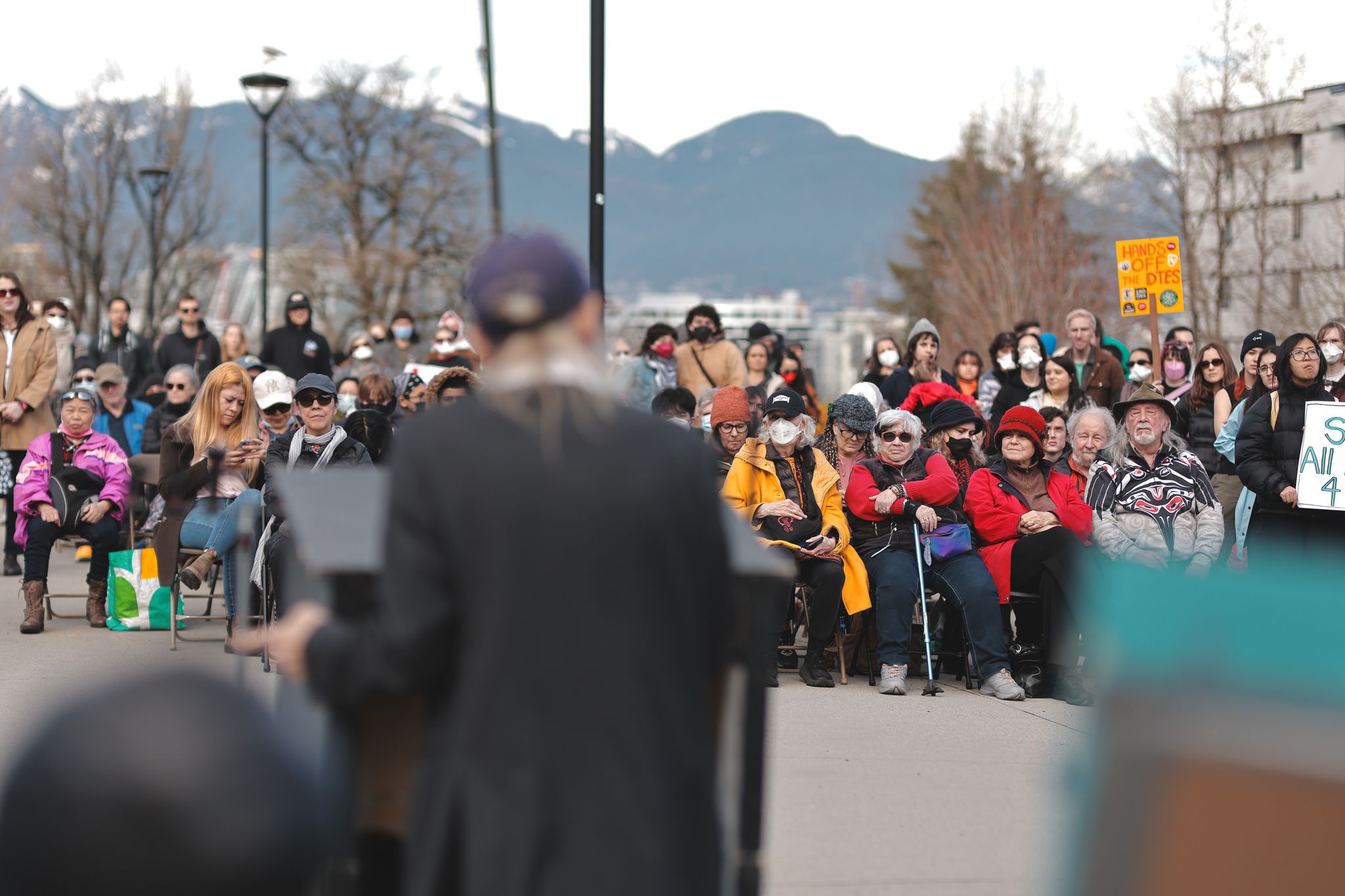


comment
December 7, 2012 at 12:11 am
Elevated SkyTrain would be terrible for Broadway. Obviously you don’t live anywhere near the elevated sections that visually and aurally bisect neighbourhoods in east van. There’s no way that noise would be ok along broadway.
Charlie
December 7, 2012 at 10:08 am
Sorry, but your argument about disruption to businesses doesn’t really apply, because the $2.8 billion budget accounts or a bored tunnel along the entire length of the train. The only disruptions at the surface would therefore be the excavations that would take place at stations. The impact on stations would be absolutely minimal. The reason Vision is pushing the subway, I believe, is really because it is the only mode that can adequately serve existing demand while leaving room for future growth. This is arguably the only transit upgrade that can get large amount of people out of their private vehicles and onto public transit. Yes, granted there will be a development boom and thus money flowing into public coffers. But their plan also includes a plan to beautify Broadway, including, yes, taking space away from vehicles to expand sidewalks and put in a median.
This article shows no less bias than you would imply Vision has in their plan for Broadway rapid transit.
A T
December 7, 2012 at 1:04 pm
In regards to point #2, I feel that it is more likely we will see a bike lane on Broadway if there is a tunnel running below it rather than an LRT train running through the middle of it. Especially in narrow sections in Kitsilano and on West 10th through Point Grey where a frequent train would reduce traffic to a single lane plus room to park.
unclevertitle
December 7, 2012 at 10:14 pm
thank you to Charlie and comment for beginning to criticize this article. It seems the author hasn’t bothered to read any of the published literature, or even any other media reports for that matter. I look forward to seeing other commenters shred this all-too-common un-researched “thought-piece”.
canadianveggie
December 8, 2012 at 9:54 am
I like how you’ve taken a reasonable debate – surface light rail vs bored tunnel trains – and turned it into a tinfoil hat Vision conspiracy theory. Congratulations on degenerating the conversation.
I live within the Broadway corridor. Translink’s Combo 1 design – an underground extension of the Millennium Line to Arbutus and light rail from Main Street to UBC – was my preferred solution after attending the workshops in Phase 1 of the consultation. But after watching Dobrovolny’s presentation to council, I think he raised serious concerns about surface light rail on Broadway. As an aside, I think you insult Mr. Dobrovolny and all of the city’s engineers by suggesting that their report to council was parroting Vision’s master plan, and not an independent piece of work.
I’m all for removing more cars from Broadway (and any street in Vancouver), but think of what adding light rail would mean to Broadway. If parking was removed and turning was restricted, Broadway would become an expressway. Without cars turning left or slowing down to park, traffic speeds would likely increase. I’d rather see buried trains and slower traffic with a separated bike lane and lots of parking.
Instead of sounding the rallying cry to oppose the rapid transit on Broadway, why don’t you propose an alternative?
Vic Sablo
December 10, 2012 at 1:30 am
I have to say that I find your second point rather fanciful, to assume that removing the 99 and not having a physical presence on the street will give Broadway “exclusively” to the car.
At the root of our disagreement might be that you think buses occupy a “significant portion” of Broadway. I would disagree, whether considered by proportion or by structure. 60% of trips on Broadway are by car, 21% by transit. To me, the latter, while important, and of a certain obvious significance doesn’t seem particularly significant when consdered structurally. That 21% is largely ‘hidden’ by bus stops being in what is otherwise a parking lane, excepting rush hours when that lane is for buses/bikes, a difference that continues to hide any impact of buses on this supposedly “mixed-use” street. Thus, at any given time of the day, two lanes are for cars, fairly exclusively, already.
The problem with your conclusion that putting the new line underground gives Broadway exclusively to the car, besides the existing dominance noted above, is that you seem to ignore the other buses on Broadway. What of the 9 and 14? Will they not be sharing the road, too? Unless the light rail you prefer is a slow, local service milk run that would increase capacity only to drastically increase travel times. Assuming you mean a limited stop light rail then the 9 must remain and the 14 would exist regardless. While the 99 would be removed, I also would wonder what good a limited stop express bus does for reducing speeds on the road. If the reduction in speed is what is really desired, there are better ways to do that. If making the lives of motorists more aggravating is what is really desired, there are better ways of doing that, too. But, if having a lane in either direction dedicated to light rail, and another lane also accommodating the 9 and 14 as it stops, leaving one lane for flowing traffic, is supposed to move Vancouver that much better, well, consider me skeptical.
Vanstar
December 11, 2012 at 10:55 am
There is the great danger of falling into the “we are against everything” COPE trap. As a voter, I am looking for solutions to problems, not simply being against everything. I live two blocks from Cambie and yes, the construction was a pain but the benefits of the Canada Line to me and to future generations are here forever. Very few businesses actually went bust and the ones that stayed on are now making a killing with the foot traffic that goes by their doors now.
Light rail is the leftie mantra and every place I have seen it, the system is no faster than buses anyway. Since we already have electric buses on Broadway, it was make a lot more sense to just ban parking in the curb lane and use the trolley buses. Billions saved.
That said, there is a need to move a large number of people to the end of the city every single day. Want to do that? Well, you cannot beat a subway for moving large numbers of people quickly.
I also get a kick when I see a single male telling us that cars are evil, etc. Well, as a single male, you’ll have plenty of time to ride your bike or wait for the bus but get yourself a couple of kids and a career. You’ll find one size does not fit all. Besides, UBC is a city all on its own and even banning the car means that motor vehicles will still have to service the campus.
Richard
December 13, 2012 at 7:42 pm
Wow! Creative stuff. Where has the author of this article been for the last four years?
This council has certainly proven that they are willing to reallocate space from the automobile.
Underground rapid transit is far better for cyclists and pedestrians. Don’t forget that the first subways were built long before automobiles.
From the recently approved Transportation Plan:
“Rail Rapid Transit through Central Broadway is the only option that supports the City’s vision for the Corridor and meets the long term transit service requirements. Underground options provide for higher capacity, speed, frequency, and reliability. They also ensure that local surface transit and existing active transportation connections can be maintained. Finally, by freeing up road space, they create opportunities to transform Broadway into a great street by allocating more room for other uses such as wider sidewalks, public spaces, more street trees and landscaping, bike lanes, and/or all-day parking.”
The writer brings up the St Clair streetcar but fails to mention that construction was horrible for the businesses yet in the next breath, brings up the same issue with Cambie. However, the plan is to tunnel under 10th so the impact on Broadway businesses will be minimal and much less than for LRT.
Such poorly researched pieces are not helpful in informing the public on this important issue.
Nicholas Ellan
February 28, 2013 at 6:00 pm
I live on Trout Lake right by the Expo Line and the noise from the Skytrain is nothing compared to the car traffic noise on Broadway. If anything it’s shockingly quiet here compared to most neighbourhoods I’ve lived in. There was more noise from the Upper Levels Highway even when I lived several kilometres away from it in North Van.
Marcy Toms
March 1, 2013 at 9:15 am
As a born, bred and still living here Vancouverite who remembers riding the streetcars (we called them trams) in the 1950s, I cannot help but favour the light rail option. I would like to approach this from a perspective that questions the value of ‘rapid’ whether above or under ground. We’re in such a hurry for what? Heart attacks, general nastiness and a decided lack of civility? My dad was a banker. He worked downtown. He took the tram. He had a demanding job. He wasn’t in a hurry. He couldn’t be in a hurry. If today’s transit riders want to arrive at school or work on time, either get up earlier or become accustomed to a life-pace that is healthier and more convivial than the one they pursue now. If this sounds a little like moralizing, I suppose it is, but surely, if Vancouver presumes to lead the world (excuse me while I gag) in overall ‘greeness,’ why not light rail? It works in Amsterdam, it even works in Calgary. And, in the former city, there remains a great deal to see, interesting places to hop off and shop as one trundles along. Broadway retains some of the true diversity and uniqueness of the past, now long lost along 4th and on Robson. I am convinced that those characteristics will be enhanced by light rail. People will be able to take their kids, their bikes, let their arms drag shopping carriers, and heft their bags of groceries on the trains as easily as on a subway. And, it’s true that the tube got started in London years before my grandma was born there in 1895. But let’s face it, Vancouver is nothing like London, and who wants it to be? So, count me in as a simmering sentimentalist, a still-slow Vancouverite, one more dawdler for trams. And, could we make them red, please.